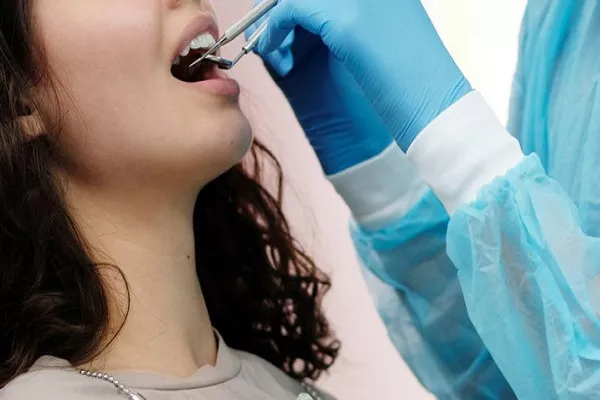The pursuit of a brighter, more radiant smile has led to the popularity of various teeth whitening methods, including whitening strips. However, concerns about potential damage to enamel have raised questions about the safety of these products. If you’re wondering, “Can whitening strips damage enamel?” you’re not alone. In this article, we’ll delve into the science behind enamel, the mechanism of whitening strips, potential risks to enamel, and guidelines to ensure safe and effective teeth whitening without compromising your oral health.
Understanding Enamel: The Guardian of Your Teeth
Enamel is the outermost layer of your teeth, and it plays a critical role in protecting the underlying dentin and dental pulp. It is the hardest and most mineralized tissue in the human body, providing a strong and durable shield against daily wear and tear, temperature changes, and external factors that could damage the teeth.
How Whitening Strips Work
Whitening strips are designed to improve the color of teeth by using peroxide-based gels to break down stains and discolorations. The active ingredients in the gel penetrate the enamel and dentin, targeting the molecules responsible for stains and lightening the overall tooth shade. While effective in achieving a brighter smile, the potential impact on enamel health is a valid concern.
Can Whitening Strips Damage Enamel?
The question of whether whitening strips can damage enamel is complex and depends on several factors:
1. Peroxide Concentration: The concentration of peroxide in the whitening gel is a crucial determinant of the potential impact on enamel. Higher concentrations can potentially weaken enamel if used excessively or incorrectly.
2. Duration and Frequency of Use: Overusing whitening strips or using them for extended periods can increase the risk of enamel damage.
3. Individual Sensitivity: Some individuals have naturally thinner enamel or heightened enamel sensitivity, making them more susceptible to damage.
4. Incorrect Application: Applying whitening strips improperly, such as not following the instructions or leaving them on for too long, can contribute to enamel damage.
Potential Risks to Enamel
While whitening strips can be effective for many individuals, there are potential risks to enamel:
1. Enamel Erosion: High concentrations of peroxide, frequent use, or prolonged exposure can lead to enamel erosion, causing the enamel to weaken and become more prone to damage.
2. Increased Sensitivity: Some individuals experience heightened tooth sensitivity during or after using whitening strips, which could be indicative of enamel changes.
3. Gum Irritation: Improperly applied whitening strips can come into contact with the gums, leading to irritation or damage.
4. Uneven Whitening: Excessive or uneven use of whitening strips can result in uneven tooth color or patches of over-whitening, potentially affecting the appearance of your smile.
Safe and Effective Usage
To minimize the risk of enamel damage while using whitening strips, follow these guidelines:
1. Choose the Right Product: Opt for reputable whitening strips that have been tested and approved by dental organizations.
2. Follow Instructions: Carefully read and adhere to the manufacturer’s instructions regarding usage frequency and duration.
3. Gradual Approach: Start with a lower frequency of use to gauge your enamel’s response and minimize sensitivity.
4. Monitor Sensitivity: If you experience heightened tooth sensitivity or discomfort, discontinue use and consult your dentist.
5. Maintain Oral Hygiene: Continue practicing good oral hygiene by brushing, flossing, and visiting your dentist regularly.
6. Professional Guidance: Consult your dentist before starting any whitening regimen, especially if you have pre-existing enamel issues or dental conditions.
Conclusion
While whitening strips can provide a convenient solution for achieving a whiter smile, the potential for enamel damage is a valid concern. Understanding the factors that influence enamel health, the risks associated with peroxide-based gels, and the importance of following recommended guidelines are essential for safe and effective teeth whitening. Prioritizing your oral health, consulting your dentist, and practicing responsible usage of whitening strips can help you achieve the results you desire without compromising the integrity of your enamel. Remember that a healthy smile is a beautiful smile, and informed choices lead to optimal oral health outcomes.
Related Topics:




























